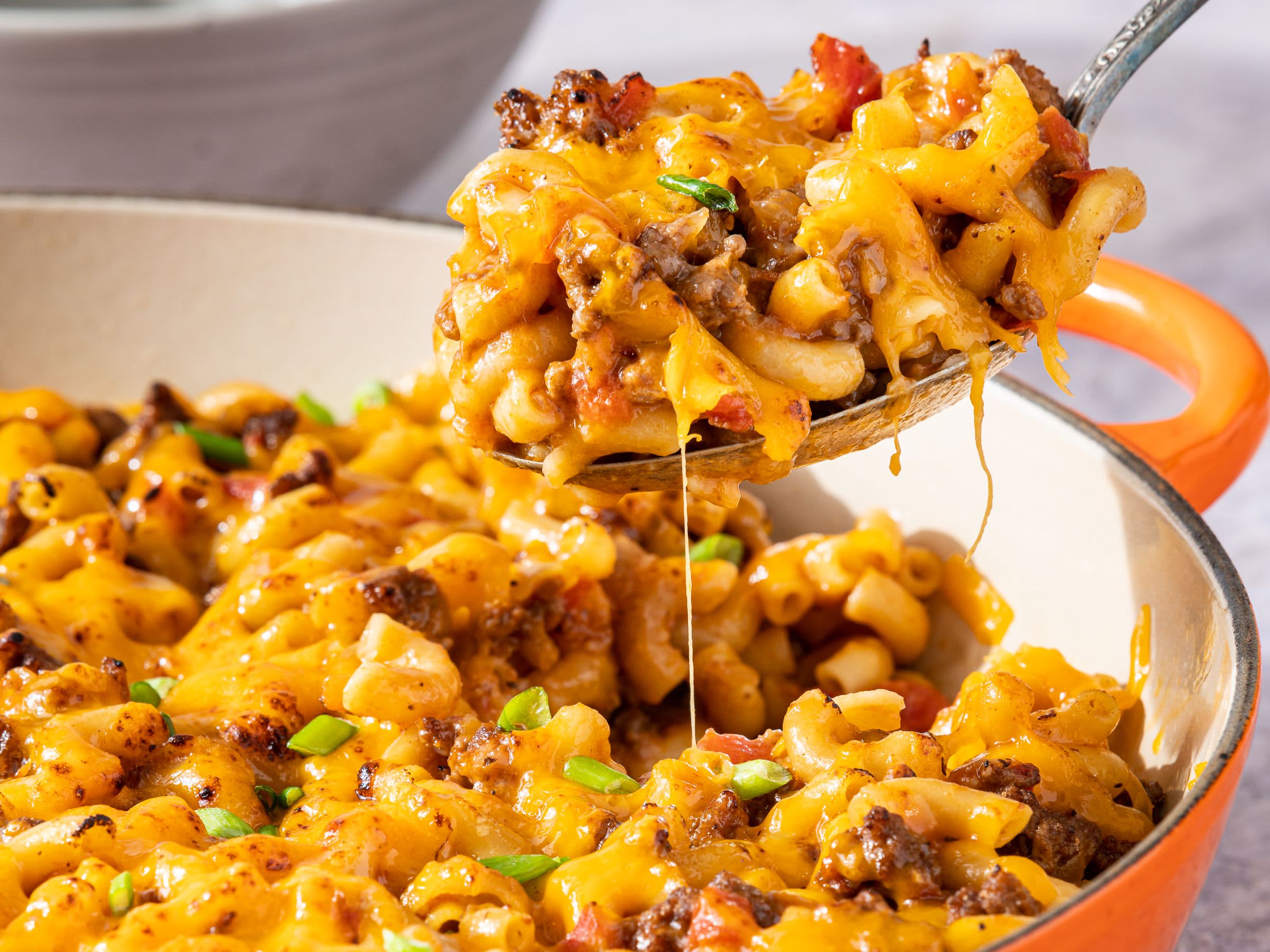The charge of eggs and bread is soaring — a craze that is especially punishing for the poorest Individuals.
Normal food items rates climbed an annualized fee of 10.4% in June, the Bureau of Labor Data claimed on July 13, 2022. The gains have been pushed generally by the cost of groceries, which jumped the most since the 1970s, by 12.2%. General inflation was up 9.1% from a year earlier.
These sharp will increase have startled people, in significant element because meals charges experienced been increasing reasonably for a long time.
Even though all People have witnessed their grocery costs swell, several may not absolutely appreciate the huge burden that increasing foods costs pose for low-earnings homes. The purpose is basic: Very poor families commit a substantially much larger share of their money on meals than the median household.
People are also reading…
In 2020, the average middle-income American family put in approximately 12% of its earnings on food stuff. In sharp contrast, lousy homes put in 27% on food items that yr.
What points out this huge discrepancy? The answer commences with a extraordinary modify in expending designs amid American households in the course of the 20th century, which I learned although exploring shifts in commuting techniques.
In the 1900s, the bare necessities of life, such as food items, have been enormously pricey in comparison with today, leaving very little room for paying on other merchandise or solutions for most People in america, according to a 2006 review by the Section of Labor. On common, American households spent in excess of 40% of their revenue on food in 1901, 23% on housing and 14% on apparel.
But the relative charge of foods and clothes diminished steadily above the up coming 100 many years. By 2002, the two classes represented only 17.3% of a middle-class family’s expenditures and by 2020, the figure had fallen to 14.2%.
The sharp drop in the charge of food and clothing led to a huge reshuffling of spouse and children budgets in excess of approximately the past century. As persons lowered their paying out on these objects, they spent much more on housing, transportation and insurance policy.
As the place became wealthier, discretionary paying out elevated, too. Most Americans experienced far more place in their budgets for eating out, televisions and amusement.
This revolution in family paying mainly excluded lousy Us residents, who carry on to dedicate most of their earnings to feeding their households and other necessities like shelter. As a result, they are significantly vulnerable to spikes in food items costs.
Very low-cash flow households devote a lot more than 2 times as substantial a share of their budgets to food items as center-revenue homes. As a outcome, foodstuff inflation is around twice as burdensome for people of minimal implies.
But this essentially understates the stress of higher foods prices on the lousy because, compared with middle-class family members, they have minimal discretionary paying they can pare back again to free of charge up money for food.
American households are responding to soaring foodstuff inflation by ingesting out a lot less often, getting generic makes and consuming significantly less meat. For a lot of, it could be the first time they’ve ever had to be so careful about what they spent on foodstuff.
Inadequate families, however, have extended been pressured to deploy these tactics to continue to keep foods expenditures in test.
An approximated 38 million Americans are food items insecure, that means that they have inadequate usually means to receive enough food items. The issue is, with food stuff inflation increasing at the fee it is, a lot more households will deal with the prospect of currently being uncertain where their next food is coming from.






